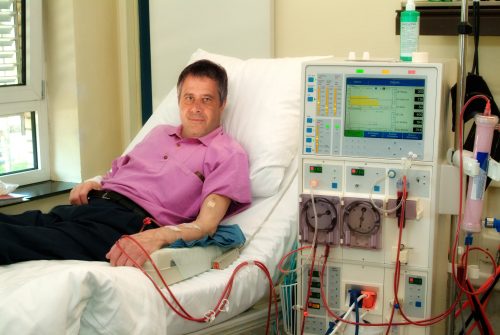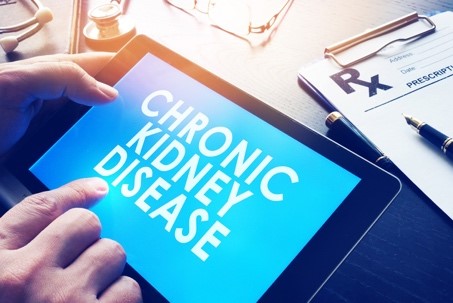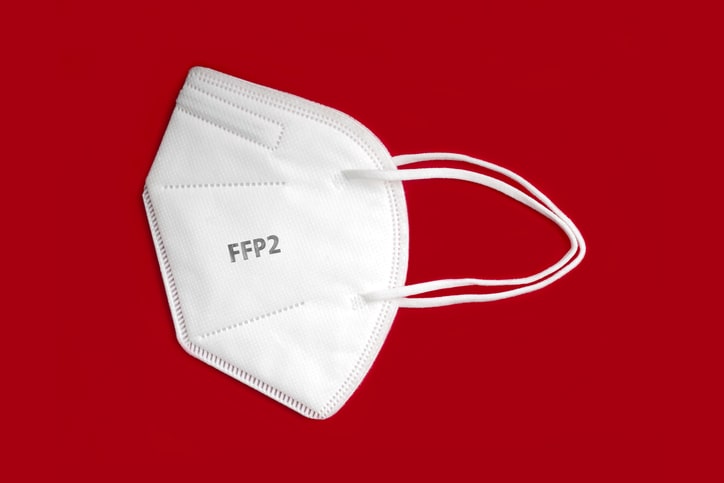
The management of patients with kidney failure on maintenance dialysis is complicated by the high rate of cardiovascular disease in that patient population. Cardiovascular disease is the leading cause of death and sudden cardiac death, caused primarily by arrhythmias, is the cause of nearly 30% of all-cause mortality in dialysis patients. Arrhythmias are recognized as important in management of dialysis patients, yet there are limited data available regarding the prevalence of both nonsevere and clinically significant arrhythmias in these patients.
Earlier studies have been conducted in selected populations of small patient groups, resulting in a large variation in reported prevalence of arrhythmias in patients on maintenance dialysis. Jesper Moesgaard Rantanen, MD, PhD, and colleagues recently conducted a cross-sectional study designed to add to existing knowledge by analyses of the prevalence of nonsevere and clinically significant arrhythmias in an unselected contemporary cohort of maintenance dialysis patients. The researchers also sought to describe the pattern of arrhythmic events in relation to the dialysis session and identify clinical characteristics and echocardiographic findings associated with arrhythmias. Study results were reported in the American Journal of Kidney Diseases [2020;75(2):214-224].
The study included 152 patients with kidney failure who were treated at Aalborg University Hospital in Denmark from October 2013 to November 2015. Inclusion criteria were ≥18 years of age, and receiving either in-center hemodialysis, home hemodialysis, or peritoneal dialysis for >3 months. Exclusion criteria included inability to give informed consent.
The outcomes of interest were the prevalence and pattern of arrhythmias on 48-hour Holter monitoring and the odds ratios for arrhythmias. Arrhythmia was defined as paroxysmal atrial fibrillation (AF), AF for longer than 30 seconds and not the entire recording; permanent AF, AF for the entire recording; supraventricular tachycardia (SVT), 5 or more ectopic supraventricular beats and heart rate >100 beats/min and not AF; bradycardia, heart rate ≤40 beats per minute for four or more beats; and nonsustained ventricular tachycardia, three or more ventricular beats with heart rate ≥100 beats per minute.
Of the 252 patients on maintenance dialysis screened, 26 did not meet eligibility criteria, 48 declined participation, and nine could not be examined due to concurrent diseases, resulting in a study cohort of 169 patients. Of those patients, six with pacemakers and 11 with incomplete recordings were excluded, resulting in a final cohort of 152 patients eligible for analysis. Mean age was 62.2 years, 67.8% were men, and 97.4% were white. The causes of kidney failure included diabetes (25.0%); glomerulonephritis (17.8%); obstructive nephropathy, reflux nephropathy, or chronic pyelonephritis (15.1%); autosomal dominant polycystic kidney disease (11.2%); hypertension or ischemic nephropathy (9.2%); chronic interstitial nephropathy (5.9%); and other or unknown causes (15.8%).
Forty-two patients (25%) had a medical history of palpitations at baseline; during the recordings, only five patients (3.3%) noticed palpitations. Only one of those cases was due to a clinically significant arrhythmia (AF with a high ventricular rate). In addition, during the recording, only five patients (3.3%) experienced chest pain; two patients (1.3%) experienced syncope; and five (3.3%) experienced symptomatic intradialytic hypotension. None of the episodes were accompanied or caused by clinically significant arrhythmias.
Nearly all patients had premature atrial complexes (PACs) and premature ventricular complexes (PVCs). Among patients receiving in-center hemodialysis, the median number of PVCs was higher and more patients experienced frequent PVCs and episodes of ventricular bigeminy or trigeminy on dialysis day (day 1) compared with nondialysis day (day 2). Complex ventricular arrhythmias were seen in 119 patients (78.3%). Forty-one percent had paroxysmal SVT; SVT was more common on dialysis day compared with nondialysis day among the patients receiving in-center hemodialysis. With the exception of one, all episodes were classified as ectopic atrial tachycardia and generally were of short duration with a median of eight beats and a mean heart rate of 136 beats per minute.
Clinically significant arrhythmias included persistent AF (8.6% of patients), paroxysmal AF (3.9%), nonsustained ventricular tachycardia (19.7%), bradycardia (4.6%), advanced second-degree atrioventricular block (1.3%), and third-degree atrioventricular block (2.6%). Patients more commonly experienced premature ventricular complexes on dialysis days; tachyarrhythmias were more common during dialysis and in the immediate postdialytic period.
There were independent associations between older age (odds ratio [OR] per 10 years older, 1.53; 95% confidence interval [CI], 1.15-2.03; P=.003), elevated preload (OR, 4.02; 95% CI, 1.05-15.35; P=.04), and lower cardiac output (OR per 1 L/min greater, 0.66; 95% CI, 0.44-1.00; P=.05) and clinically significant arrhythmias.
There were some limitations to the findings cited by the authors, including limiting monitoring of arrhythmias to 48 hours, the small sample size, the heterogeneous nature of the study population, and the risk for residual confounding.
“In conclusion,” the researchers said, “patients receiving maintenance dialysis had a high prevalence of both nonsevere and clinically significant arrhythmias. PVCs were more common on dialysis day and tachyarrhythmias were more frequent during dialysis and the immediate postdialytic period. Several variables were associated with arrhythmias, but further studies are warranted to increase the understanding of these associations and clarify the extent to which arrhythmias predict outcomes in this high-risk population.”
Takeaway Points
- Researchers in Denmark conducted a cross-sectional study to examine the prevalence of arrhythmias and the associated clinical characteristics among patients on maintenance dialysis.
- Nearly all of the 152 patients in the study had premature atrial and ventricular complexes and 41% had paroxysmal supraventricular tachycardia.
- Tachyarrhythmias were more frequent during dialysis and in the immediate postdialytic period







 © 2025 Mashup Media, LLC, a Formedics Property. All Rights Reserved.
© 2025 Mashup Media, LLC, a Formedics Property. All Rights Reserved.